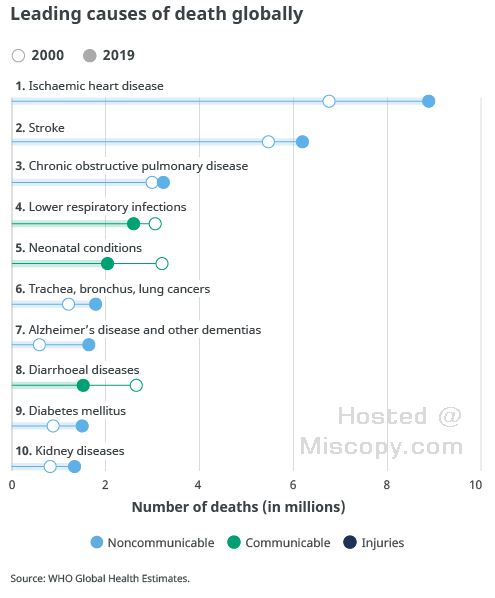In his speech in the British Parliament, Andrew Bridgen MP discussed the rising trend of excess deaths in immediate follow-up of the COVID-19 vaccine rollout in the United Kingdom, specifically referring to the Office of Health Improvement and Disparities recording of 8,000 excess deaths among people aged 85 and above and over 18,000 excess deaths recorded among people aged 15-19 in the 12 months starting in July 2022.
Andrew Bridgen MP also discussed Serious Adverse Events that have been shown to be twice as high as a chance of preventing a COVID-19 hospitalization. The video explores the experimental COVID-19 vaccines’ possible impact on cardiac emergencies and Australian mortality, as well as the problems with the safety testing and recording of deaths due to vaccination, the lack of data on Spike protein production, and the contamination of DNA from bacteria in the manufacturing process of the vaccines. Andrew Bridgen MP advocated for evidence-based medicine and a return to basic science and ethics.
The Speech
At the beginning of his speech, Andrew Bridgen MP points out that excess deaths have been on the rise, affecting a significant number of people, generally those in their prime. The deaths have not been proportionate to the elderly population. The speaker also comments on history’s potential judgment of the house’s handling of the issue.
The Office of Health Improvement and Disparities has recorded 8,000 excess deaths among people aged 85 and above in the 12 months starting in July 2020, which includes the Autumn 2020 wave of COVID-19 and a portion of the first COVID-19 winter.
However, over 18,000 excess deaths in this age group have been recorded in the 12 months starting in July 2022, which is 9% above expected levels, more than twice as many as in the previous year. There was a clear stepwise increase in mortality after the vaccine rollout, which has continued steadily ever since, despite data suggesting that fewer hospitalizations and deaths were associated with the vaccine than previous COVID-19 illnesses. Officials seem unwilling to acknowledge this disturbing data and have chosen to turn a blind eye to it.
Andrew Bridgen MP then discusses the issue of harm caused by the COVID-19 vaccines to vaccinated individuals, specifically the Serious Adverse Events (SAEs), which have been shown to be twice as high as a chance of preventing a COVID-19 hospitalization. The vaccines, Andrew Bridgen MP claims, have caused harm to 1 in 800 people to supposedly save one in 20,000, which is, according to him, “madness“.
Andrew Bridgen MP also discusses the flawed assumptions and biases that have been used to arrive at these conclusions, and the importance of considering socioeconomic and ethnic differences in the vaccination process. He also explores the phenomenon of the excess mortality seen in more heavily vaccinated regions, and the correlation between vaccination and several health issues such as cardiac arrest and cardiovascular disease. After saying this, Andrew Bridgen MP calls for transparency and accountability in the vaccination process and the need for further research to identify the causal link between vaccination and harm.
The impact of vaccination on cardiac emergencies in South Australia for 15-44 year olds is then brought up. After the vaccine rollout in this age group, there was a 67% increase in cardiac emergencies compared to usual, with 2,172 cases in November 2021, up from 1,300 emergency cardiac presentations a month before.
Andrew Bridgen MP also discusses the increase in Australian mortality overall, which is due to cardiac deaths, and how these excess deaths cannot be explained by an aging population, disease of old age, low Statin prescriptions, or undertreated hypertension. He suggests that the experimental COVID-19 vaccines may be the cause of these excess deaths and raises concerns about the data presentation by the ON. He also discusses the lack of transparency from the UK Health Security Agency regarding anonymized data and how this data could potentially reveal damaging information about the efficacy and safety of the vaccines.
When discussing the problems with the safety testing and recording of deaths due to vaccination, Andrew Bridgen MP highlights the lack of data on the amount of Spike protein produced on vaccination and the broken system for properly recording deaths.
Andrew Bridgen MP also mentions the issue of doctors waiting for permission from the regulator before certifying deaths and the circularity of the situation. He discusses the problem of contamination of DNA from bacteria in the manufacturing process of the vaccine and the potential harm caused by this. With this, Andrew Bridgen MP calls for a review of the excess deaths and argues that the experimental vaccines are not safe and not effective.
In response to his speech, a female attendee attempts to counter his arguments regarding the increase in excess deaths as being due to a combination of factors, including the ongoing challenges of COVID-19 and the high flu prevalence of the previous year. The leading causes of excess deaths in England were respiratory illnesses, dementia, and heart disease, according to her. Vaccination was mentioned as an important aspect, but conflicting data was presented on its causality. She encouraged the use of the yellow card system for patients who experienced side effects from vaccines. The factor of vaccine safety was also discussed, including the MH’s action in response to rare cases of concurrent thrombosis and thrombocytopenia following vaccinations, leading to the vaccine not being offered to certain age groups and the commission on human medicines conducting an independent review to address concerns.

